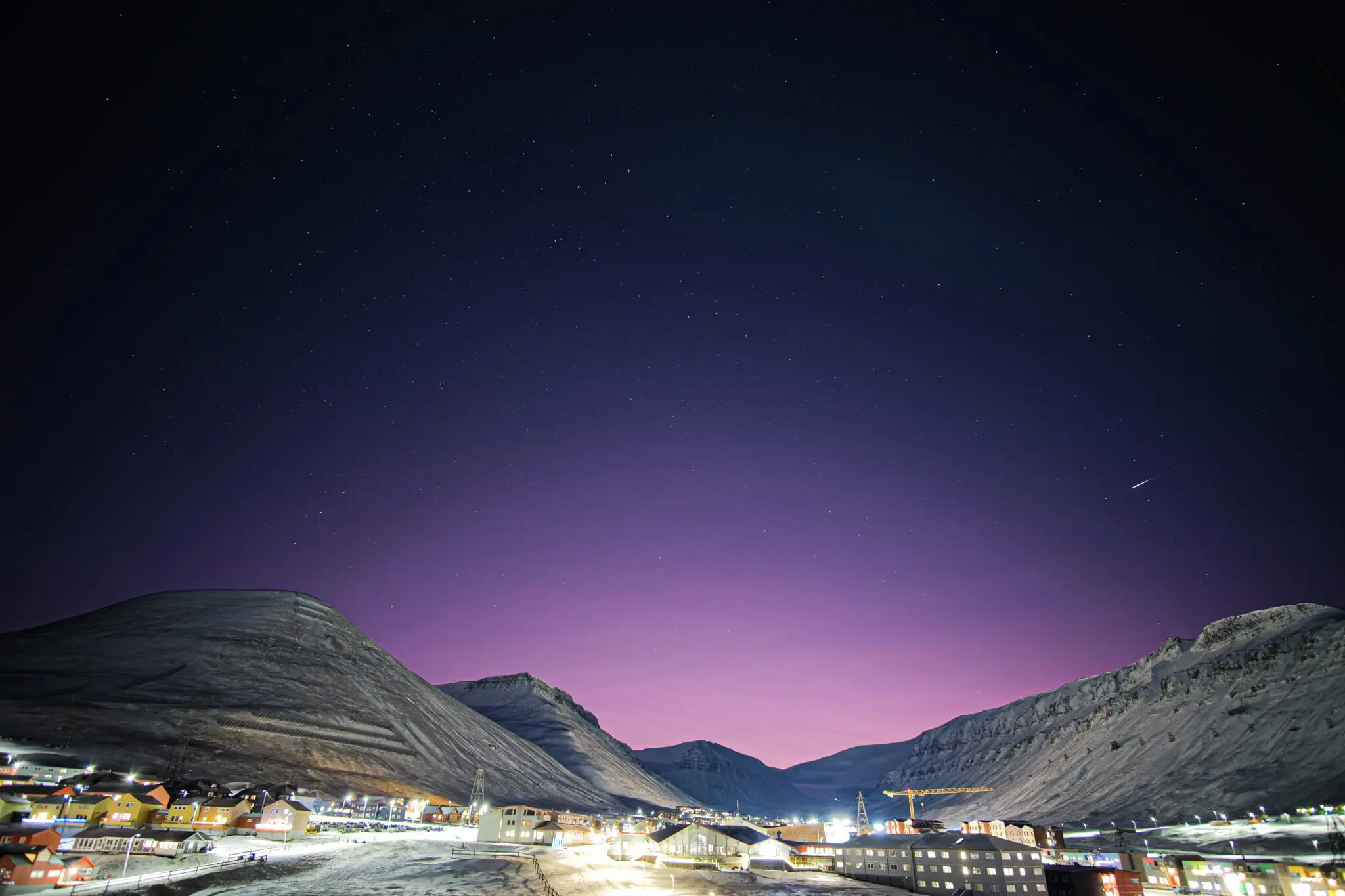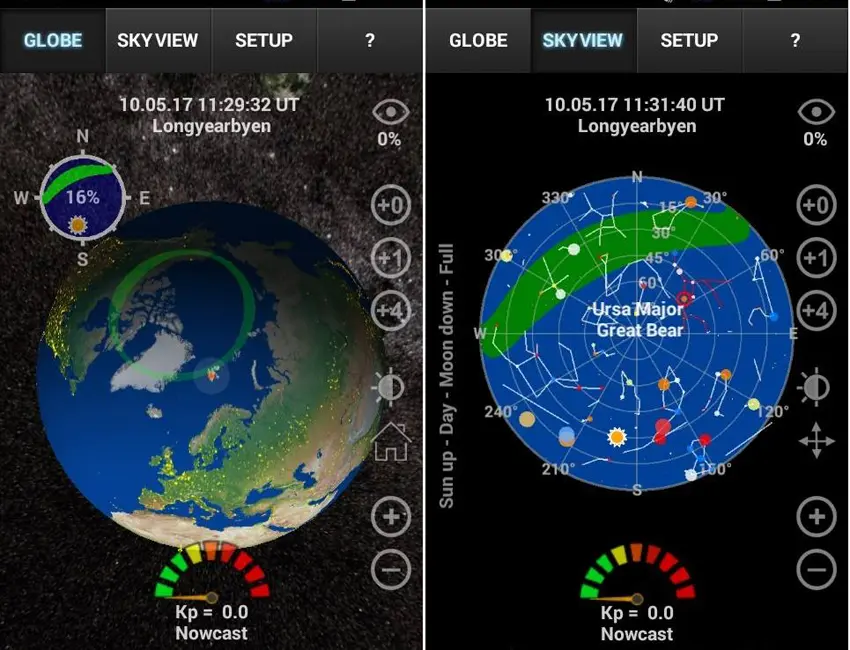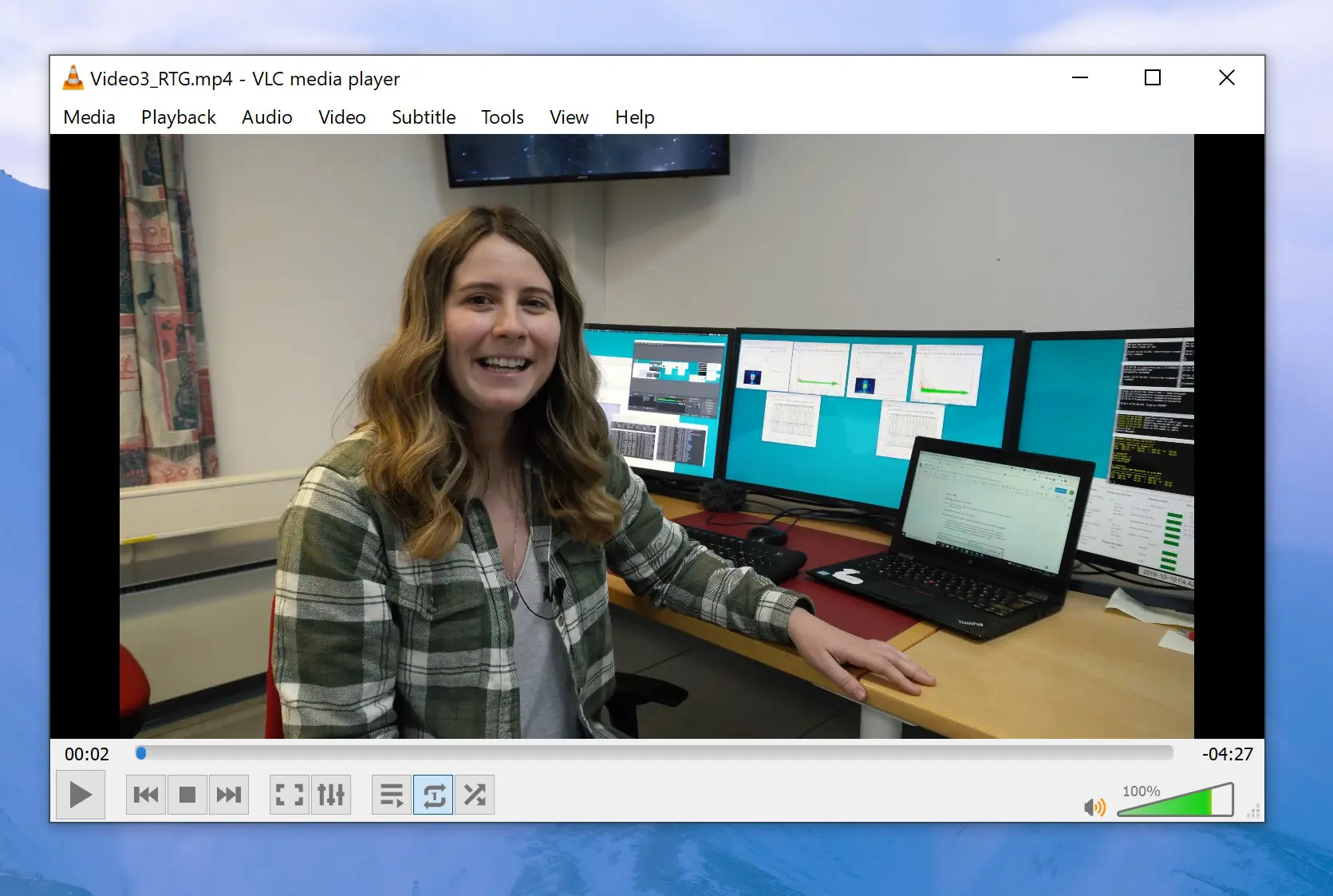Arctic Geophysics Research

Physical processes of sea-ice-air-space column
Arctic geophysics seeks to introduce students to the entire vertical column, from the deep of the oceans up to the outermost boundary of the atmosphere, as a dynamic system with a large variety of processes going on inside each layer as well as interactions between them. Svalbard location provides an opportunity to observe phenomena that are specific to polar regions and the physical processes that lead up to them.
Related
The geophysical research at UNIS covers four main topics
Oceanography
Svalbard is an excellent position to study the complicated air-ice-sea interaction processes in nature’s own laboratory.
Meteorology
Study the processes related to very stable boundary layers and the contrast between cold ice/snow surfaces and relatively warm sea that leads to atmospheric phenomena that can only be observed in polar regions.
Space physics
Space physics covers processes related to the northern lights, their origin in the near-Earth space and their effects on the atmosphere. At daytime Svalbard is located underneath the polar cusp where the solar-terrestrial coupling is most direct and strongest. At nighttime, physics of the polar cap boundary region can be captured from Svalbard. The two months of darkness in mid-winter provide ideal opportunities for observing daytime northern lights. The suite of exciting ground-based instruments
allows studies on interaction of the atmospheric layers.













